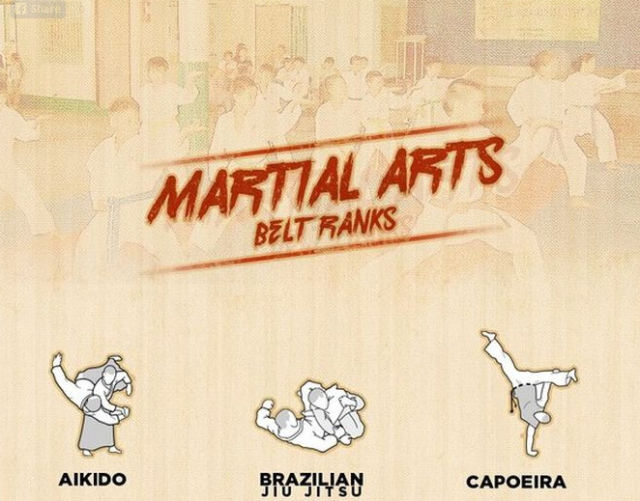How Do Conventional Martial Arts Emphasis On Self-Control Compare To Modern-Day Fight Sporting Activities Concentrate On Competitors? Discover The Crucial Distinctions That Can Shape Your Trip
How Do Conventional Martial Arts Emphasis On Self-Control Compare To Modern-Day Fight Sporting Activities Concentrate On Competitors? Discover The Crucial Distinctions That Can Shape Your Trip
Blog Article
Uploaded By-Ware Haagensen
When you think of martial arts, do you lean more toward the typical techniques or the modern battle sporting activities? Each path uses distinct advantages and experiences, shaped by their philosophies and training methods. read the full info here stress individual growth and technique, while modern-day fight sporting activities focus on competitors and performance. Recognizing these distinctions can direct you in picking the best strategy for your trip. However just how do these differences manifest in training and philosophy?
The Approach and Background Behind Typical Martial arts
While many individuals link martial arts with physical fight, the approach and history behind conventional martial arts run much deeper. You'll find that these techniques stress personal growth, self-control, and regard.
Originating from old techniques, traditional martial arts were commonly established for Self-Defense and spiritual development. They symbolize concepts such as equilibrium, harmony, and self-constraint, guiding practitioners beyond mere fighting skills.
As you train, you'll not just find out techniques but additionally gain insights into the culture and worths that formed these arts. The routines and customs, often given with generations, foster a feeling of neighborhood and belonging.
The Affordable Nature of Modern Battle Sports
Modern fight sports have actually transformed the landscape of martial arts right into a highly competitive field, where athletes take on in a test of skill, technique, and endurance.
You'll see that competitors are commonly arranged with strict rules and policies, making certain justice and safety and security. These events bring in large target markets, sustaining the enjoyment and strength of matches.
Athletes train rigorously, not just for physical prowess but likewise for mental toughness, knowing that every information counts in the ring. The adrenaline thrill throughout competitors is apparent, as boxers press their limits to claim victory.
Followers value the athleticism and virtuosity entailed, making modern-day fight sports a thrilling phenomenon that continues to evolve and astound lovers worldwide.
Training Techniques and Strategies: A Relative Evaluation
The affordable ambience of contemporary battle sporting activities needs cutting-edge training methods that differ considerably from traditional martial arts.
In modern-day training, you'll concentrate on particular strategies, sparring, and conditioning, often making use of drills that replicate actual fight situations. You'll see an emphasis on measurable performance and regular competition to evaluate your skills.
On the other hand, conventional martial arts focus on forms, katas, and thoughtful mentors, commonly stressing self-control and respect over competitors.
hop over to these guys is usually much less extreme and may include recurring practice instead of real-time sparring.
While both techniques develop skill and physical fitness, modern-day combat sports supply a much more vibrant and versatile training atmosphere, preparing you for prompt difficulties in the ring or cage.
Choose the course that lines up with your objectives and interests.
Verdict
In choosing between standard martial arts and modern battle sporting activities, it actually boils down to what you value many. If you're searching for individual development, discipline, and a feeling of neighborhood, typical arts may be your finest fit. Yet if you flourish on competition and real-time obstacles, modern-day combat sports could be the means to go. Ultimately, both paths use unique advantages, so it's all about aligning your training with your personal objectives and interests.
